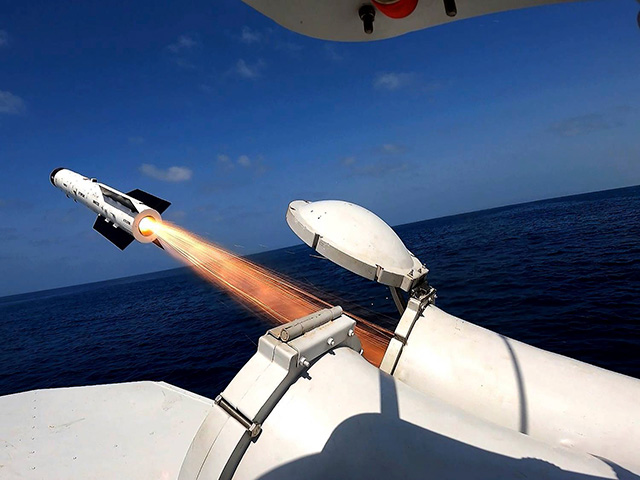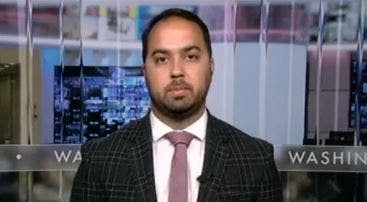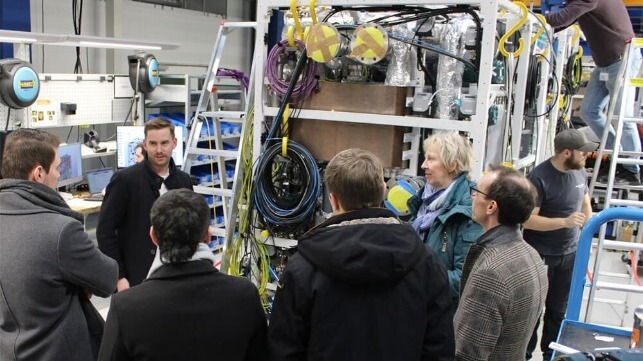Iran Covertly Advancing Long-Range Nuclear Warhead Development

The NCRI has presented new intelligence indicating Iran is secretly developing long-range nuclear warheads under the guise of a space program, intensifying concerns over its nuclear ambitions.
Iran is covertly developing long-range nuclear warheads at two heavily guarded missile sites, utilizing its space program as a cover to enhance its nuclear capabilities, as revealed by the National Council of Resistance of Iran (NCRI).
In a significant press conference held in Washington, DC, the exiled Iranian opposition group showcased new evidence of Tehran's escalating nuclear ambitions.
Alireza Jafarzadeh, deputy director of NCRI's U.S. office, stated, "The Iran regime has been covertly developing nuclear warheads at the Shahrud missile site, a known but misused location."
He clarified that the goal is to create a nuclear warhead mounted on a solid fuel missile with a range exceeding 3,000 kilometers (approximately 1,860 miles).
The intelligence, sourced from the People's Mojahedin Organization of Iran (MEK), highlights two critical locations, with Jafarzadeh naming the Organization for Advanced Defense Research (SPND) as the leading agency in this nuclear program.
"SPND has a large-scale organization working at Shahrud," he said, explaining that various experts are engaged in sections relevant to nuclear weaponization.
Jafarzadeh displayed satellite images of the Shahrud site, emphasizing its security measures, including restricted access and the presence of IRGC Aerospace Force personnel.
The location’s history was also addressed, pointing out that it was selected in 2009 by IRGC Brig. Gen. Hassan Tehrani Moghaddam, who significantly contributed to Iran's missile capabilities.
Jafarzadeh pointed out that Iran camouflaged its operations under the guise of a space initiative, claiming the aim is to launch a communication satellite, while actually working on nuclear warhead development.
Further, he revealed that the Semnan missile site, described officially as a satellite launch facility, has expanded and serves a dual purpose for underground nuclear tests.
Jafarzadeh warned that Iran is stalling diplomatic negotiations to extend UN restrictions, aiming to complete its weapons program while maintaining a façade of compliance.
He referenced an internal memo indicating the regime's strategy to buy time, coinciding with concerns about a possible snapback mechanism.
On the potential U.S. response, Jafarzadeh urged for the termination of Iran's nuclear program, highlighting that no justification exists for such weapons in the country.
He cautioned against repeating past diplomatic mistakes, suggesting that a solid resolution should target the total dismantling of Iran's nuclear capabilities.
Jafarzadeh proposed a three-step plan for the international community to address Iran's nuclear ambitions effectively, stressing the urgency of immediate action to prevent the Iranian regime from acquiring nuclear weapons.
As the NCRI has consistently exposed Iran's clandestine nuclear activities, the latest revelations call for a critical reassessment of global approaches to Iran's nuclear threat.





















